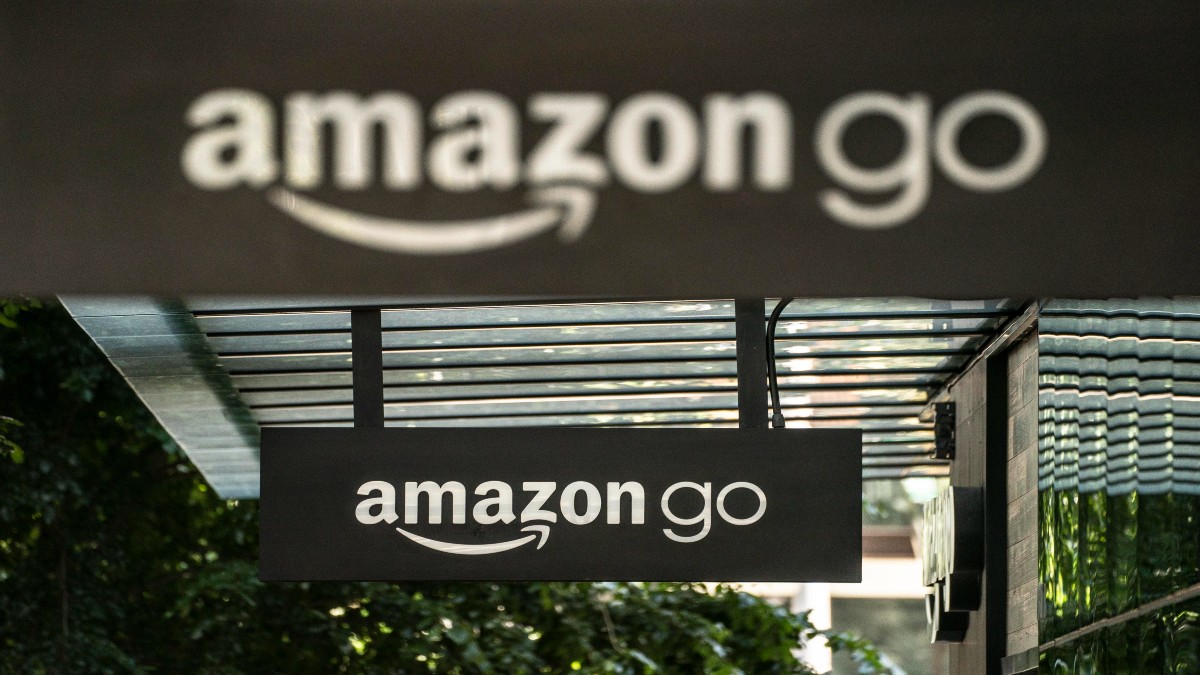eToro’s weekly Nasdaq focus: All about Amazon’s stock split, and finding tech bargains amid conflict and inflation

Pic: Getty
In this Stockhead series, Josh Gilbert – market analyst at global investment platform eToro – gives investors the scoop on all things Nasdaq related; the key market themes, along with popular investment trends based on eToro’s data and insights.
Investing in 2022 — a complex battlefield
In recent weeks, global stocks have whipsawed as investors digest rate hikes, inflation, and geopolitical tensions.
On Wednesday, the Federal Open Market Committee (FOMC) raised rates by 25 bps. As a result, global markets reacted well and stocks soared.
The hike was no surprise.
In most cases, it came as a relief to investors after a wealth of uncertainty this year.
The market has already positioned itself for several hikes, with the Federal Reserve anticipating at least seven in 2022 alone after announcing its new dot plot.
The Federal Reserve has a lot to balance right now with a fair amount of uncertainty globally.
Nonetheless, the good news for investors is that the current approach from the Federal Reserve is flexible and gradual, meaning Jerome Powell is likely to be transparent and clear when making decisions.
However, if the Federal Reserve is planning to hike into an environment of slowing growth, it could risk tightening more than the economy can handle.
However, tightening too slowly risks allowing inflation to run out of control, requiring firmer action.
Contrarian investors will be rubbing their hands together and seeing a range of opportunities in markets, especially with names such as Meta trading at just 16x forward earnings.
It’s important to note that there is still a further risk to the downside if geopolitical tensions ensue.
This is why investors should consider their risk appetite, remember their timeframes and goals and look towards strategies such as dollar-cost averaging.
We have also very quietly forgotten about vaccine stocks given the focus is no longer on Covid-19.
However, a large vaccine-maker such as Moderna trading at just 6x forward earnings looks cheap, and may not reflect the increasingly long term trend of vaccines.
The fact is that a huge percentage of the world still needs to be vaccinated, booster shots will continue to be rolled out (with some countries already receiving more than three doses), and what’s clear is that the pandemic is not going away soon.
When splitting up is for the best
Amazon announced a 20-1 stock split last week — its first since 1999.
For investors, a key point to note is that stock splits change nothing about the fundamentals of a given company.
The splits are simply a psychological factor for retail investors buying assets.
A stock that is priced at USD$100 compared to USD$2,500 is easier to digest for retail investors, and therefore more attractive.
Fractional share trading is now an important part of investing, but the price of a stock can still play an important factor.
Investors will often feel that a stock with a lower share price has more growth potential than one with a higher price.
On top of the stock split, Amazon also announced a USD$10 billion buyback program as it flexes its cash pile.
This demonstrates to investors that the company is in a great position and has plenty of capital.
Buybacks can have several benefits to a stock’s price — not only can it can reduce the supply of shares on the open market, but it can also signify that the company feels its shares are undervalued at current levels.
For example, famous investor Warren Buffett has largely just been buying back Berkshire Hathaway stocks in recent year, because in his words he “can’t find anything else cheap enough to buy”.
Amazon has significantly underperformed against big tech peers such as Apple and Microsoft in the last year, but the split and buyback program could offer the stock some momentum in the short term.
This article was developed in collaboration with eToro, a Stockhead advertiser at the time of publishing.
This article does not constitute financial product advice. You should consider obtaining independent advice before making any financial decisions.
UNLOCK INSIGHTS
Discover the untold stories of emerging ASX stocks.
Daily news and expert analysis, it's free to subscribe.
By proceeding, you confirm you understand that we handle personal information in accordance with our Privacy Policy.








